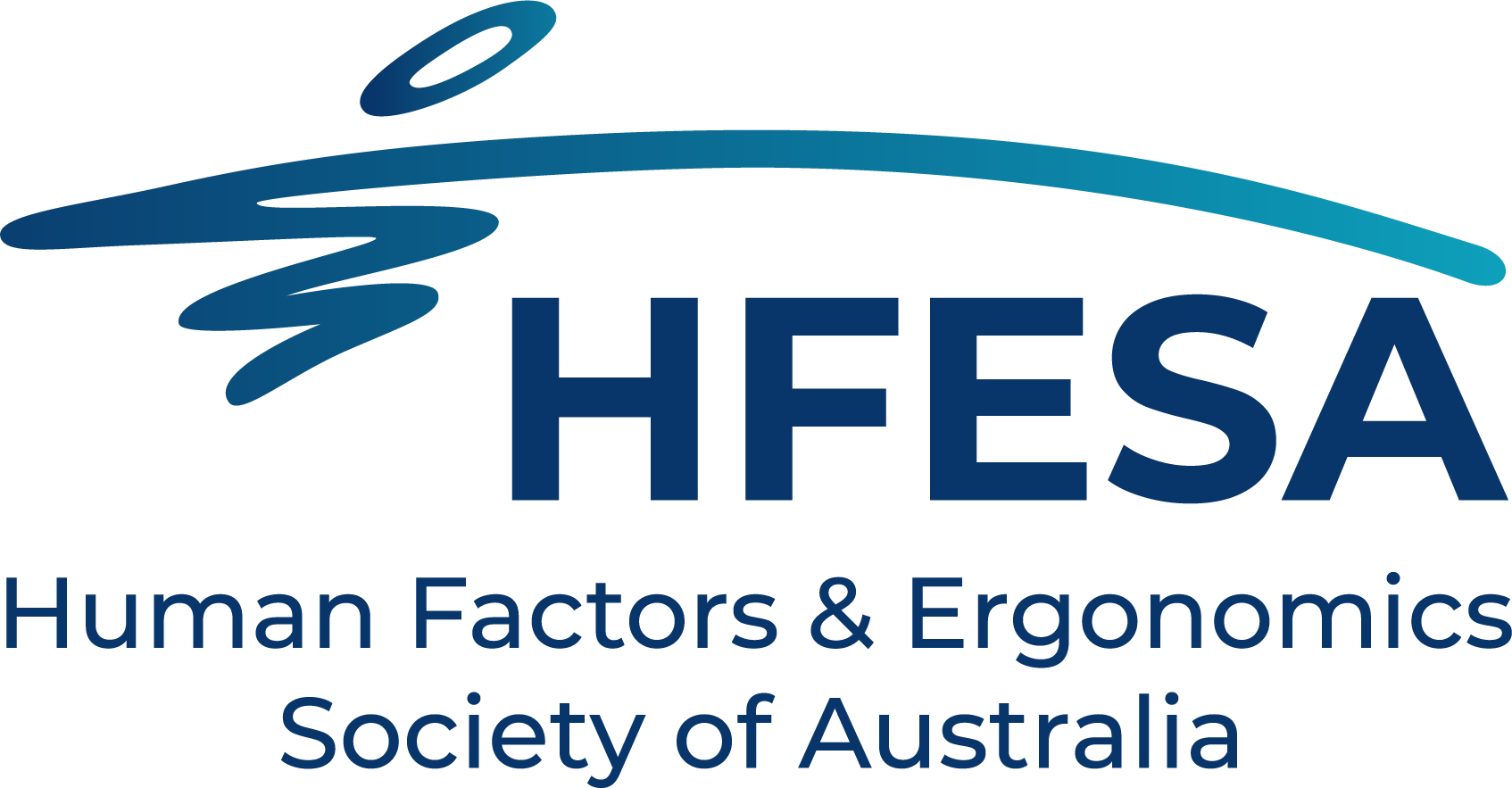Working Well From Home – for your workers
HFESA (2020)
https://www.ergonomics.org.au/documents/item/640
This guide has been prepared by the Human Factors and Ergonomics Society of Australia (HFESA) to help you and your workers be comfortable, productive and safe while working from home. Human Factors and Ergonomics professionals can assist employers confirm that home-based equipment and furniture are suitable for workers and how they work from home.
Working Well From Home – safe working at home
HFESA (2020)
https://www.ergonomics.org.au/documents/item/641
This guide has been prepared by the Human Factors and Ergonomics Society of Australia (HFESA) to help you be comfortable, productive and safe while working from home. Human Factors and Ergonomics professionals can assist workers and employers confirm that home-based equipment and furniture is suitable for workers and how they work from home.
The continuing problem of Occupational Overuse Syndrome (OOS) in the office
Phillips S (1999)
http://www.ergonomics.uq.edu.au/eaol/phillips.pdf
Historically, repetitive tasks increase the incidence of musculoskeletal pain and strain injuries. Office work can be considered a repetitive task, particularly if there is little variation in equipment used or task performance. Although there are many options for equipment selection when considering office work, it can be difficult to decide which is most relevant and useful. This paper offers a literature review of 82 articles considering various aspects of injury incidence and office equipment design and usage.
Sitting and standing at work – what’s best for my health?
McDonald F (2020)
https://absoluteergonomics.com.au/sitting-and-standing-at-work-whats-the-best-for-my-health
A one page summary on the perils of prolonged sitting and prolonged standing. It describes the current research on how long we should stay in each posture along with the importance of movement.
Thrive at work at home
Centre for Transformative Work Design
https://www.transformativeworkdesign.com/working-from-home
Evidence based guide and tips for successfully working from home from the Centre for Transformative Work Design, which is part of the Future of Work Institute at Curtin University. There are videos, blogs and radio interviews led by Professor Sharon Parker on all aspects about how to manage your health and wellbeing particularly during the COVID-19 crisis.
Teleworking to stop the pandemic
NAPO (2020)
https://www.napofilm.net/en/napos-films/napo-teleworking-stop-pandemic
This short animated film provides guidance on how workers can work at home productively, and as safely and healthily as possible. Factors considered include: work equipment and workstation, working alone, family and children, interruptions and finding a new work routine. Key message from the cartoon characters is: “Stop the pandemic, work at home… and work safely!”
The HuffPost guide to working from home
The Huffington Post (2020)
This site offers 30 articles dealing with various aspects of living and working remotely – including physical work environment, time management, organisational management (and micromanagement), work/life balance, health and fitness, mental health and general concerns. It offers practical advice from some key researchers and authorities.
Coronavirus means working from home — and more video calls. Here’s how to make them less painful
Wiggins N & Tickle M (2020)
This article discusses strategies for conducting video conference meetings. Prof. Frank Vetere, HFESA Member and teacher and researcher at the University of Melbourne, talks about video conferencing in this article by ABC Radio National.
Key human factors messages – when working under pressure
Clinical Human Factors Group (2020)
https://files.constantcontact.com/a62e98f7701/9681f678-22fc-45ef-9df2-ae59a18d18ee.pdf
This brief guide outlines strategies to maintain good teamwork, leadership and communication when working under pressure.
